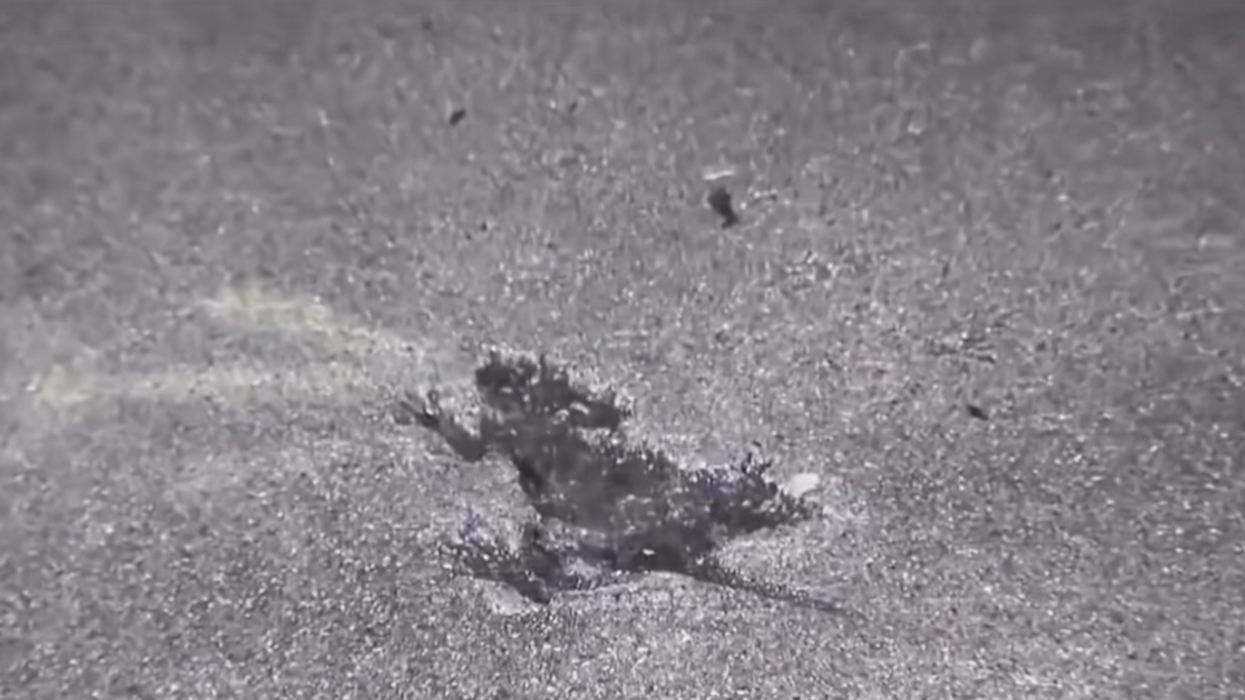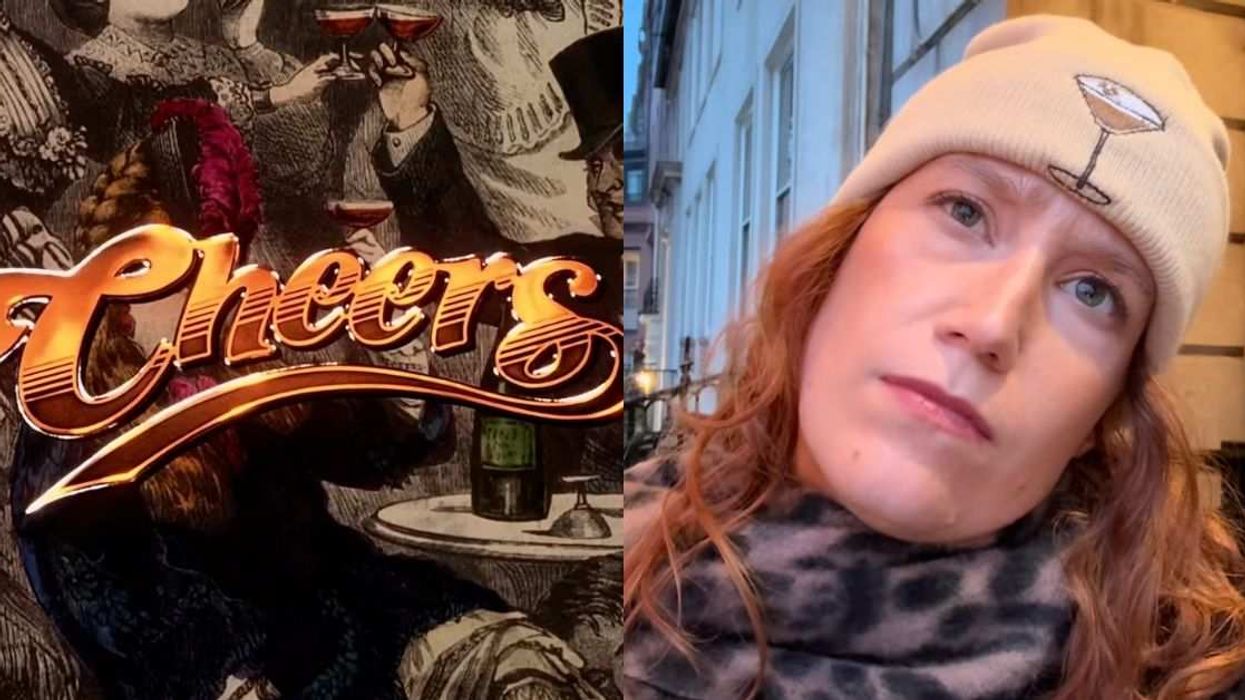Every major city has a truly iconic building or landmark that tourists flock to so they can leave with a photo of themselves in front of it.
New York has the Empire State Building, London has Big Ben, and Paris has the Eiffel Tower.
Of course, some landmarks aren't exactly as architecturally glamorous, but still receive an inordinate amount of attention.
Perhaps none more unusual than Chicago's "rat hole."
No, the "rat hole" is not a playful name for a restaurant or museum, but is exactly what it sounds like.
The "rat hole" is simply the imprint of what looked like a rat that got caught in wet cement on a sidewalk in Chicago's Roscoe Village, supposedly first spotted roughly twenty to thirty years ago.
Though at first only notorious among neighborhood inhabitants, the "rat hole" reached a new level of notoriety when Chicago-based comedian Winslow Dumaine posted a viral photo of it on his X (formerly Twitter) account in January of 2024, receiving over 5 million views.
The imprint's subsequent popularity would also earn it the name "Splatatouille."
As a result, many curious fans made pilgrimages, some even going so far as to leave offerings to the immortalized rodent.
Unfortunately, as many people chose to pay their visits at odd hours of the night, many Roscoe Village residents began to complain, and in April 2024, the "rat hole" was discovered filled with a plaster-like substance, resulting in the slab being removed from the sidewalk.
While the notorious imprint can no longer be found in Roscoe Village, a plaque where it once lay can now be found in its place, commemorating the Chicago neighborhood's claim to fame.
However, they may need to edit that plaque, as whether or not that hole was made by a rat has now become a matter of scientific debate.
NBC Chicago reported on the story:
- YouTubeyoutu.be
According to the report, scientists from the University of Tennessee analyzed the imprint in the cement and went on to determine that it was not made by a rat, but by a squirrel.
Indeed, a published paper in the journal Biology Letters by researchers from the University of Tennessee, New York Institute of Technology College of Osteopathic Medicine, and the University of Calgary determined that the imprint was most likely caused by either a squirrel or a muskrat.
Comparing the imprint to museum specimens of animals found in the Chicago area, the scientists determined that the arms and paws were too large for a rat, and most likely belonged to either an eastern gray squirrel, a fox squirrel, or a muskrat.
The eastern gray squirrel was deemed the most likely candidate, owing to their abundant presence in the Chicago area.
In addition, the researchers determined that the chances of a rat getting caught in wet cement were also unlikely, as rats are nocturnal, and cement is typically installed during the day and would likely be dry by night.
The lack of any paw prints leading up to the imprint also more or less ruled out a rat, but further emphasized the possibility of a squirrel, who likely made an ill-advised leap.
While the thin tail seen in the imprint was more reminiscent of that of a rat or mouse, the scientists also pointed out how the fur found on squirrel tails are often not firm enough to leave an imprint.
The paper concluded with the researchers suggesting a more appropriate name in accordance with their studies:
"We therefore propose that the specimen be rechristened the ‘Windy City Sidewalk Squirrel’ — a name more fitting of its likely origins and more aligned with the evidence at hand."
This newfound discovery resulted in a wide range of emotions from X-users, ranging from all-out devastation to complete and utter indifference:
Whether that notorious imprint was a rat or a squirrel, it's safe to say that everyone can agree with the NBC Chicago correspondents:
"Whatever it was, it had the worst day ever!"














 Elaine Miles/Facebook
Elaine Miles/Facebook @doctor_kristinm/Threads
@doctor_kristinm/Threads
 @PeteHegseth/X
@PeteHegseth/X
 The White House
The White House